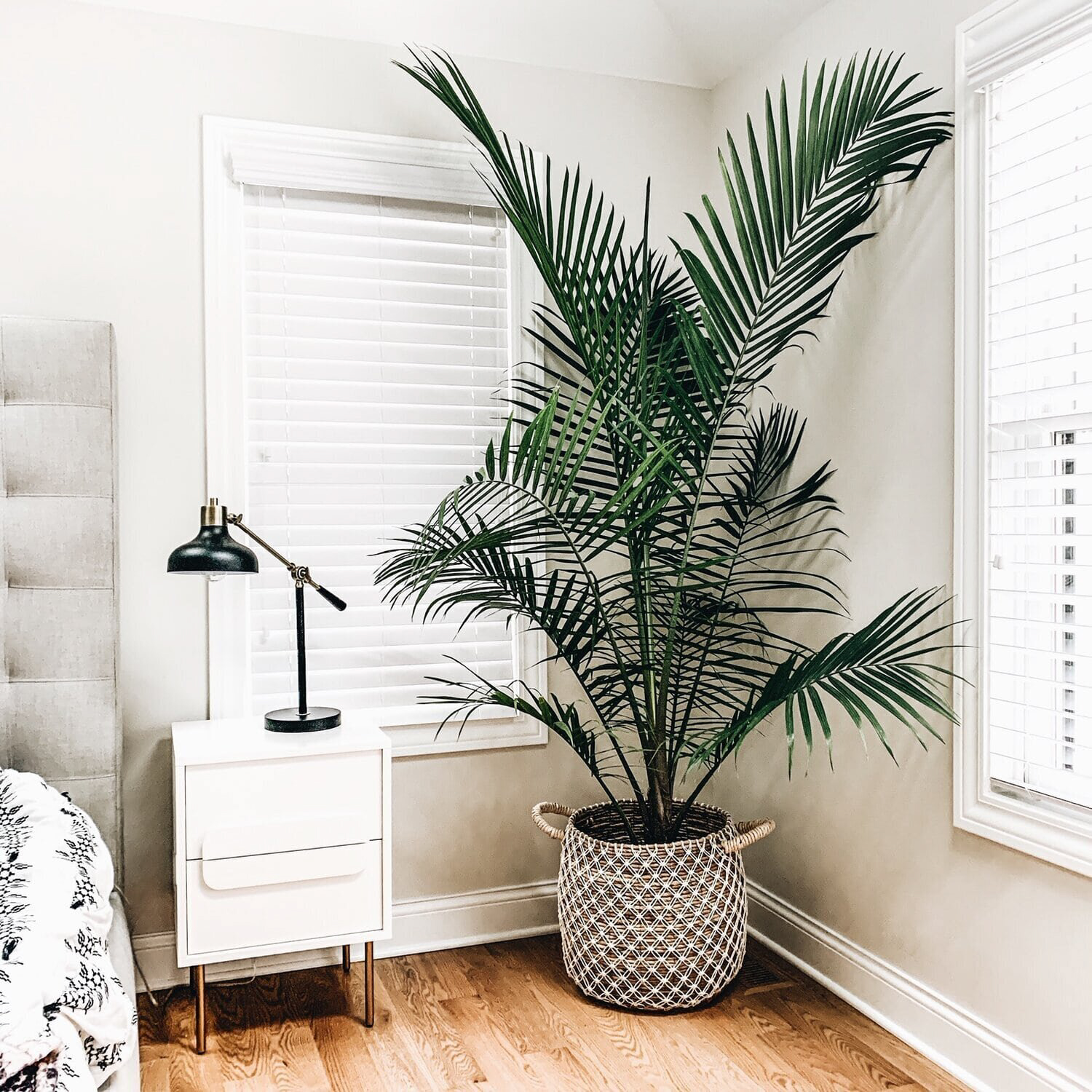Introduction
Wabi-sabi is a Japanese design philosophy that celebrates the beauty in imperfection, simplicity, and the natural world. When it comes to bathroom design, embracing wabi-sabi can create a space that is calming, inviting and unique. In this article, we will explore how to incorporate wabi-sabi principles into your bathroom design to create a tranquil space that celebrates the beauty of imperfection.
The Origins of Wabi-Sabi
Wabi-sabi has its roots in the Japanese tea ceremony, which developed in the 15th century as a way to cultivate a sense of mindfulness and tranquility. The tea ceremony emphasized the beauty of simple things, such as a humble tea bowl or a single flower arrangement. Over time, wabi-sabi developed into a broader aesthetic philosophy that embraced the idea that beauty could be found in things that were imperfect, incomplete or asymmetrical.
Elements of Wabi-Sabi Design
Wabi-sabi design is characterized by a few key elements:
- Asymmetry: The use of asymmetrical design elements adds visual interest and creates a sense of uniqueness and authenticity.
- Minimalism: Minimalism is a key part of wabi-sabi design. A simple, uncluttered space creates a sense of calmness and tranquility.
- Natural Materials: Wabi-sabi design emphasizes the use of natural materials such as wood, stone, and bamboo. These materials add warmth and texture to a space.
- Imperfection: Imperfection is a key part of wabi-sabi design philosophy. The use of handmade items, imperfect finishes, and natural patinas all add character and uniqueness to a space.
- Paring Down: Wabi-sabi is not about adding more things to a space—it’s about pairing down to the essentials and celebrating simplicity.
Wabi-Sabi Bathroom Design Elements
So, how can we incorporate wabi-sabi design principles into our bathroom? Here are a few ideas:
1. Embrace Imperfection
When it comes to wabi-sabi design, imperfection is celebrated. Consider using handmade tiles, a reclaimed wood vanity or natural stone countertops. These materials all have variation and character that adds interest and depth to a space. Instead of striving for a picture-perfect bathroom, embrace the beauty in imperfection.
2. Use Natural Materials
Wabi-sabi design emphasizes the use of natural materials. Consider using bamboo flooring or a stone sink. These materials add warmth and texture to a space, creating a more inviting and calm atmosphere.
3. Emphasize Minimalism
Wabi-sabi design is all about simplicity. Consider paring down to essentials and eliminating clutter. Instead of multiple towel bars or accessories, opt for a single towel hook or a simple soap dish. By keeping things simple, you create a more calming and restful atmosphere.
4. Incorporate Organic Shapes and Textures
The use of organic shapes and textures is another key element of wabi-sabi design. Consider incorporating a natural wood stool or a rattan pendant light. These pieces add warmth and texture to the space while also creating a more unique and personalized bathroom design.
5. Use Handmade Items
Wabi-sabi design emphasizes the beauty of handmade items. Consider using a handmade ceramic soap dish or a hand-forged towel holder. These items add character and uniqueness to a space, creating a more personalized and one-of-a-kind bathroom design.

